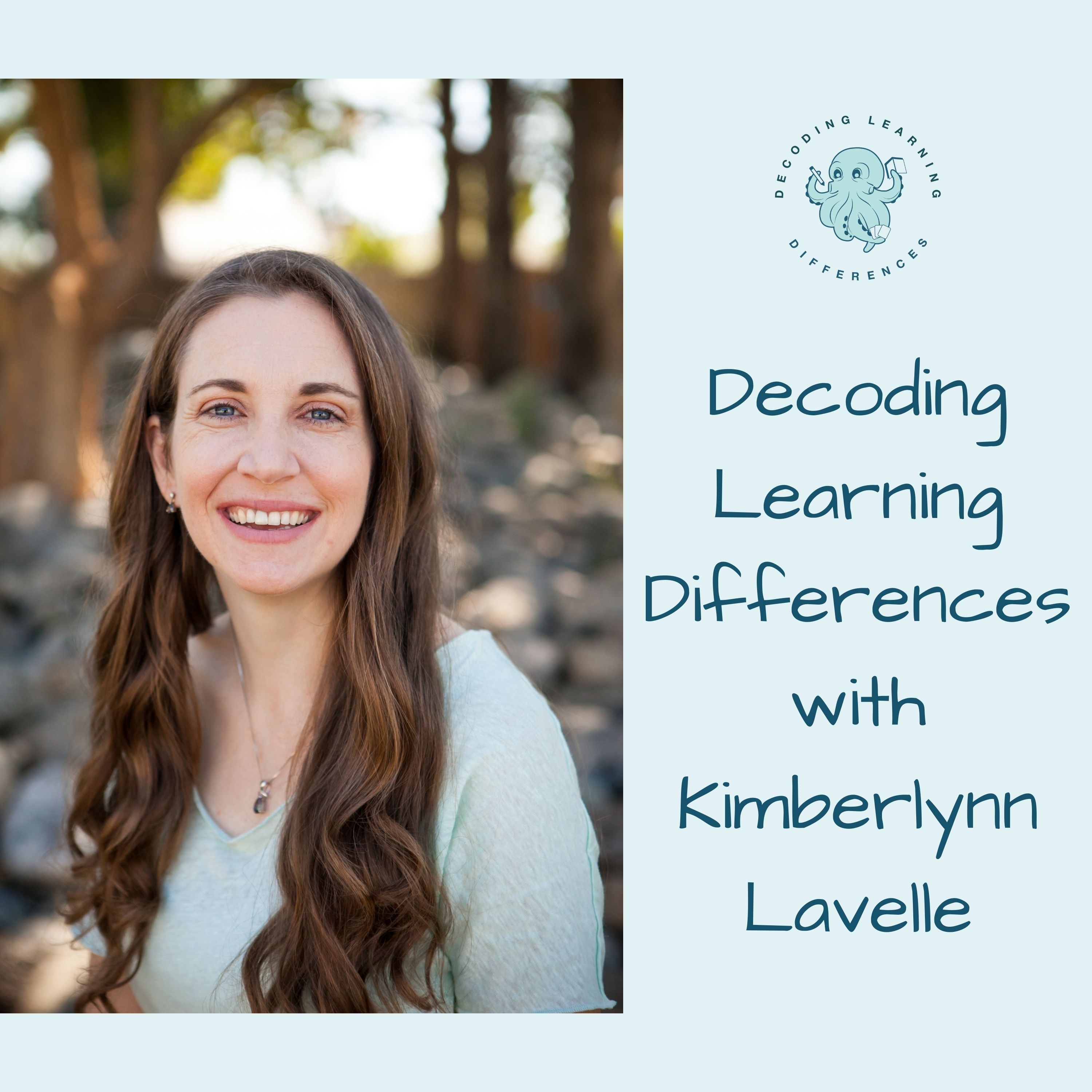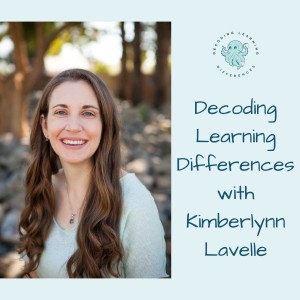

I teach parents how to educate their own children (especially those with struggling learners) so that they can successfully and peacefully homeschool or provide supplemental education at home. This podcast will discuss: - various learning disabilities and challenges, including: ADHD, dyslexia, autism, processing disorders, and so much more! - how all people learn - different learning styles - strategies for supporting specific learning challenges - how to apply these learning strategies at home - stories from homeschooling parents -interviews from other experts
Episodes

Monday Jan 31, 2022
Phonemic Awareness and Dyslexia
Monday Jan 31, 2022
Monday Jan 31, 2022
Kids with dyslexia struggle with Phonemic Awareness. But what does that mean?
Phonemic Awareness Skills
Kids who are strong in Phonemic Awareness are kids that are able to segment, blend, delete, and rhyme!
Segmenting means taking a word and breaking into individual sounds. Example: you tell your kid, “Cat” and they are able to tell you: “/k/ /a/ /t/”. This is all by sound! No looking at words, using letter tiles, or writing anything down!
Blending means taking individual sounds and turning them into a smooth word. Now you’re reversing the task for your kid. You say something like “/k/ /a/ /t/” and they can say, “cat!” Again, this is all by sound, not reading the letters for help.
Deleting means taking one sound out of a word. You might ask your child, “Say ‘cat’ without saying /k/” and they have to be able to say: “at”. (Again- no letters! No pictures, all just by sound.)
And rhyming, of course, is deleting the initial sound(s) and replacing it with (a) new initial sound(s). “What rhymes with cat?” “bat, fat, hat, rat, mat, sat, that, flat…”
Bonus- pig latin! This is a manipulation of a word, removing the initial consonant sound(s) (if there are any), moving that sound to the end of the word, and adding “-ay” to the end of the word. “Cat” becomes “atkay”. “I can speak pig latin” becomes “Iay ankay eakspay igpay atinlay.”
Why it matters
Phonemic Awareness leads to the ability to read and spell unknown words. This allows individuals to independently read increasingly complex texts and write about what they are spelling.
Some kids with dyslexia, or with insufficient phonemic awareness and phonics instruction, become great sight readers. They memorize how to say a word very well and are able to progress with grade-level reading ability. However, as words become increasingly complex, and as they are presented with less and less auditory input for what they are reading (fewer read alouds!), they are going to start to really struggle to know what they are reading.
Phonemic Awareness is hindered by dyslexia
Phonological Processing is necessary for Phonemic awareness and kids with dyslexia have a phonological processing deficit. Therefore, phonemic awareness is unlikely to develop easily in a child with dyslexia.
What do we do about it?
What can we do to support phonemic awareness development in those with dyslexia?
Developing phonemic awareness in a child with dyslexia is a worthwhile endeavor, allowing them to be more successful in their reading and spelling! However, it isn’t easy. It requires specific, structured, intentional instruction over many months, or even years.
One of the most strongly recommended types of programs for those with dyslexia is Orton-Gillingham based strategies. These can get pricey. They are well-developed and worth the cost for those who can afford it and want a specialized tutor or want a ready-made program.
But you can also implement all of these strategies for free yourself!
Step 1: Start by dragging out a word until your child can hear each sound. Example: saying “Caaaaat!” while also moving your hand across their visual field (in front of them) to help them notice when one sound is changing into another.
Step 2: Next you want your child to be able to delete one of the sounds after they’ve said all of the sounds.
Step 3: Trade a sound: “Say ‘fip’. Say all of the sounds in ‘fip’. Say /d/ instead of /f/ Now what is the word? (dip)”
Step 4: Notice when and how a nonsense word changes
Step 5: Rhyming the words.
When they’ve mastered one level, repeat the above, getting progressively more complex (slowly!) General progression (C= consonant sound; V= vowel):
CVC
VCC
CCV
CVCC
CCVC
CCVCC
If step 1 above does not work for your kid, try Step 0!
Step 0: break compound words into the component words. (pancake is made up of pan and cake!)
For some kids: even those start points are too difficult. They need to start by feeling the sound of a letter in their mouths. You want them to feel what each sound feels like in their mouth. You want them to notice whether or not the voice box is on, what is happening with the tongue, teeth, and the lips.
Takeaway:
Phonemic Awareness is important, but is difficult for those with dyslexia. A systematic intervention is necessary to truly meet the needs of those with dyslexia.
No comments yet. Be the first to say something!